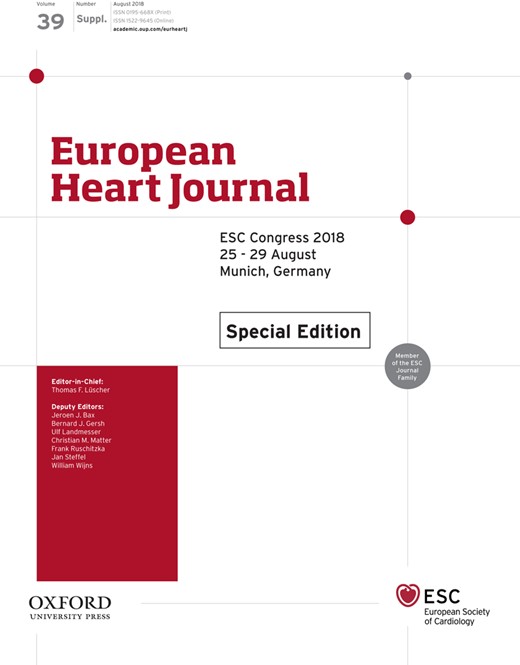-
PDF
- Split View
-
Views
-
Cite
Cite
T Kambara, R Shibata, Y Inoue, H Osanai, Y Nakashima, H Asano, M Ajioka, K Sakai, P272
Additional use of SGLT2 inhibitors in the treatment of acute decompensated heart failure may prevent acute kidney injury, European Heart Journal, Volume 39, Issue suppl_1, August 2018, ehy564.P272, https://doi.org/10.1093/eurheartj/ehy564.P272Close - Share Icon Share
Background: Heart failure is one of the leading causes of hospitalizations in developed country. Concomitant renal dysfunction is common in patients with heart failure. One fourth of patients hospitalized for the treatment of acute decompensated heart failure (ADHF) will experience significant worsening of renal function. Previous reports have demonstrated that worsening of renal function, so acute kidney injury (AKI) is a strong risk factor for long-term outcomes in ADHF patients. Diuretic therapy is valuable in treating congestion but may worsen renal function. Moreover, there is no therapy where efficacy has been established to prevent AKI. In recent papers, SGLT2 inhibitors (SGLT2i) could inhibit the progression of chronic kidney disease. As one of mechanisms, the SGLT2i's effects of suppressing renal tubular injury is consider. Tubular injury is important as a cause of AKI. However, little of known about the efficacy and safety of SGLT2i in patients with ADHF.
Purpose: We aim to evaluated this clinical questions retrospectively.
Methods: We enrolled 31 type2 diabetes patients hospitalized for ADHF in our hospital from Jan to Dec 2017. Exclusion criteria are cases of over 90 years old, end stage of renal failure, clinical scenario 4 or 5, cases with cancer, and those who died of severe infection during hospitalization.
Results: 12 patients received SGLT2 inhibitor. Between the SGLT2i group and conventional group, there is no significantly differences about age, gender difference, BMI, previous history, and concomitant medication at baseline. HbA1c in the SGLT2i group is significantly higher than conventional group (8.1±0.8 vs 7.1±0.8, p<0.01). Administration with SGLT2i was initiated early with median 13 hours after hospitalization. Indices of diuretic effects such as urine volume or body weight loss did not differ significantly between two groups. On the other hands, dose of diuretics was significantly decreased in SGLT2i group (furosemide dose 33±4 vs 13±5 p<0.01). Moreover a higher percentage of patients in conventional group than in SGLT2i group had AKI (conventional 58% vs SGLT2i 16%, p=0.03).
Conclusion: In single center retrospective study involving DM patients hospitalized for ADHF, the use of SGLT2i was superior to conventional therapy for the prevention of AKI.



